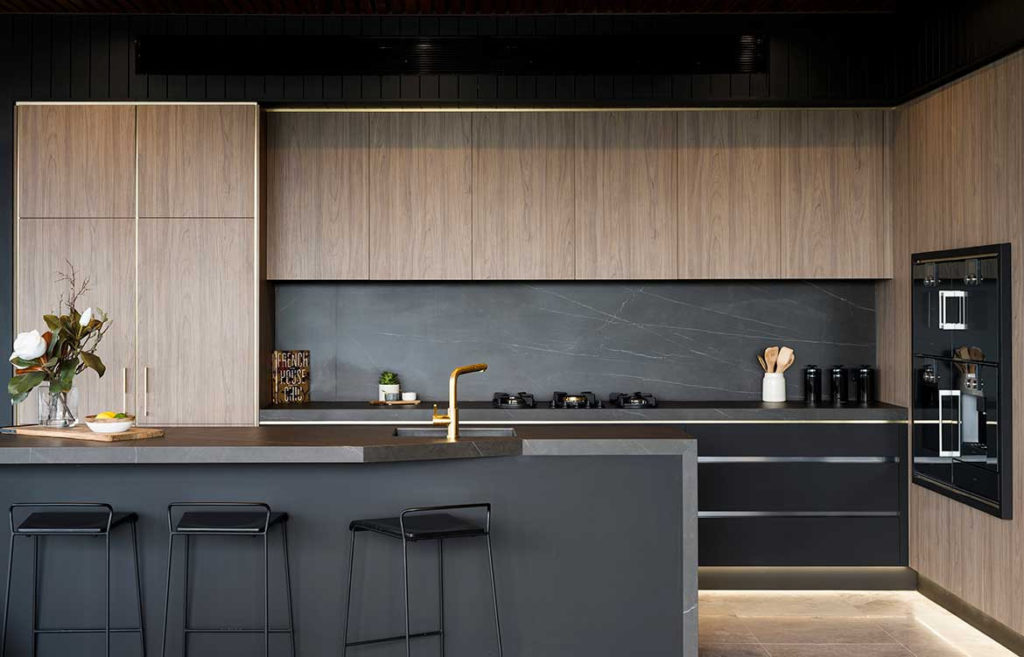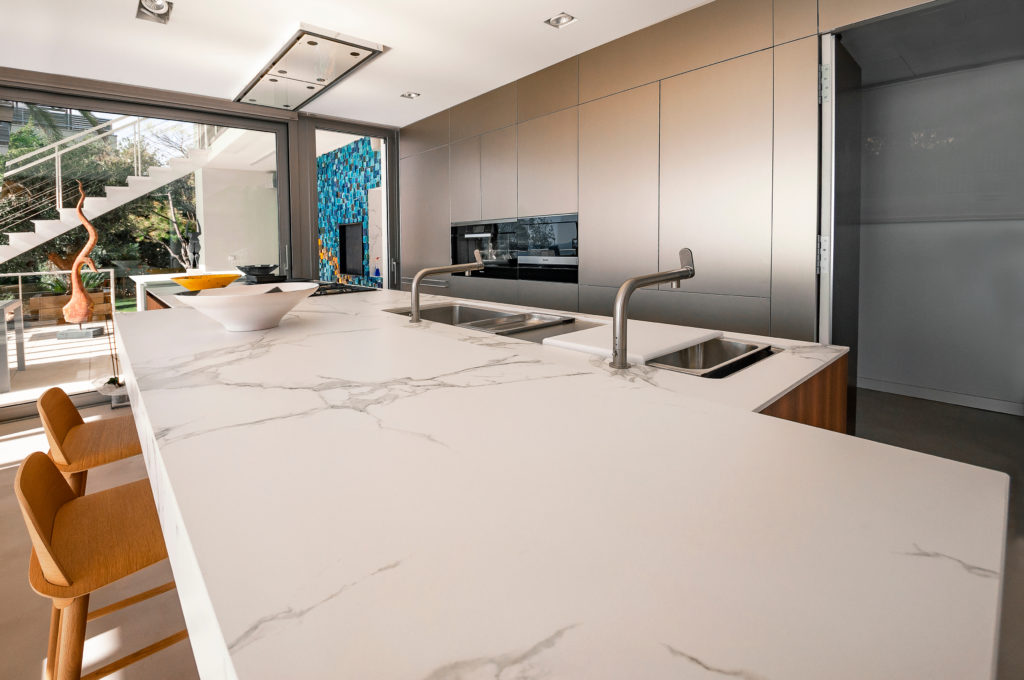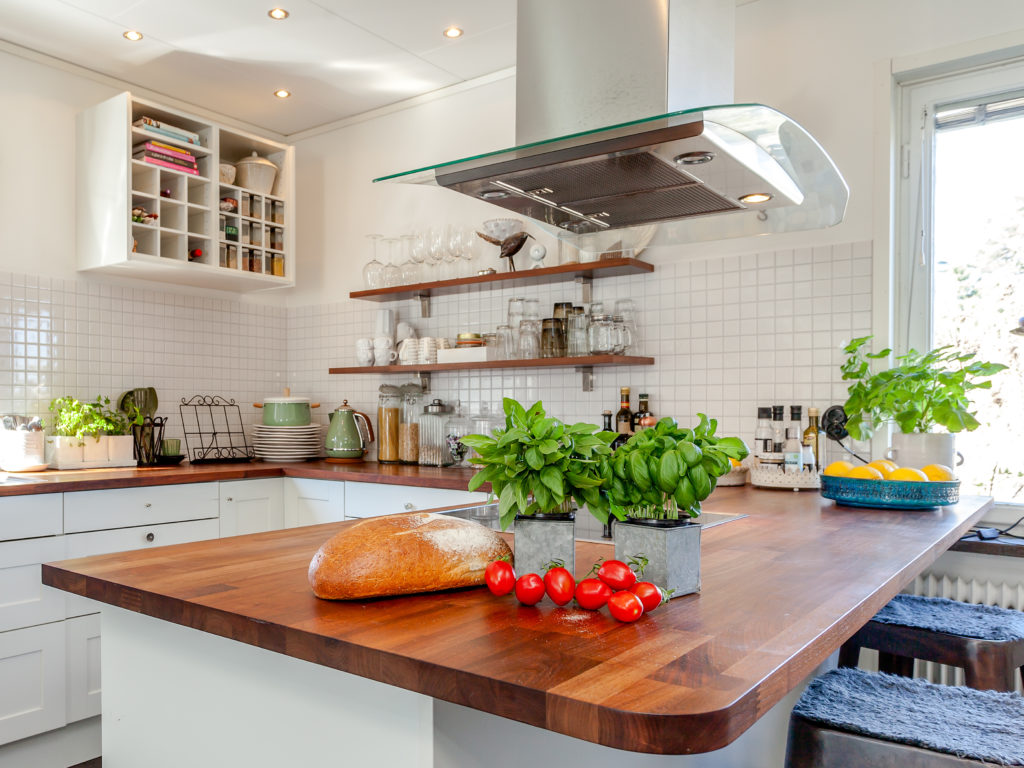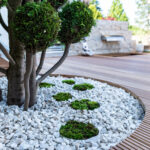The kitchen benchtop is one of the functional elements in any kitchen. Apart from providing essential space for various kitchen-related tasks such as meal preparation, it also serves an aesthetic purpose by completing the overall look. Choosing the right kitchen benchtop material is critical whether you’re replacing an old benchtop with a new one or completely remodeling your kitchen.
The kitchen benchtop should be highly versatile. It should be long-lasting; resistant to heat, stains, scratches; and be attractive. Today, you can find a vast selection of materials such as engineered or natural stone kitchen bench top or those in porcelain, laminate, stainless steel, concrete, or even timber. (1)
Choosing a suitable benchtop material for your kitchen is one of the biggest decisions when renovating. Here are a few insightful hints to assist you in making the best decision.

- Choose a budget range
Because there are many different kitchen benchtop materials to choose from, it’s a good idea to set a budget range to narrow down your options to those you can afford. You can prioritize options that are within your budget range.
When you’re checking out the price tag, the value of the benchtop is directly proportional to the quality of the material and its overall durability. Understandably, the higher the product’s price tag, the better the quality. As a result, the cost should always cover the material prices and warranties.
- Learn about the functionality and durability of the product
You need to figure out your preferred preparation style during the selection process. Remember that your cooking style and habits can help you choose the most suitable kitchen benchtop material. If you love entertaining most of the time but postpone the cleaning task, natural stone such as marble might not be a suitable option as it’s porous and stains easily. Stainless steel or granite as a benchtop material might be a good option for that easy-to-clean surface. (2)
It would be best to think about your benchtop material’s weight-bearing capacity and other characteristics like impact resistance. Remember that you should consider a durable benchtop material such as granite, stainless steel, or quartz if you want a surface that can endure continuous use yet stay aesthetically appealing for years to come.
- Determine the appropriate size and shape
Benchtop materials are available in a wide range of sizes and thickness today, with some better suited to your needs than others. During the selection process, you must consider both aesthetic and functional factors.
If the benchtop is to be situated against a wall, it’s critical to consider the appropriate depth to reach across for cleaning. You can choose a wider dimension for island benchtops that can be accessed from both sides. Consider the number of people who’ll be using the surface at the same time when determining the length. To avoid crowding, it should be of sufficient length for all.

- Decide on the look you want for your kitchen
It’s best to select a benchtop material that’ll blend in with your home’s overall design. A polished benchtop material might work best for a modern, minimalist home. Remember that not all the available benchtop materials will match your kitchen and the rest of your furniture. When you have the budget, it would be best to utilize the same material for the bathroom or laundry area to maintain a uniform color palette in your home.
Although certain types of natural stone, such as a marble benchtop, can impart an appealing touch to your kitchen, you need to dedicate time to maintenance to ensure they stay in good shape and appearance. Each kitchen benchtop material has its advantages and disadvantages, so choose wisely and research on its upkeep requirements. (3)
Color is also an important style consideration so that you can match the color of the benchtop to the rest of your kitchen. You can use complementary tones, contradicting elements, or a monochromatic palette. Neutral shades are safe because they complement everything. The neutral benchtop tones will allow you to be more creative with the colors of your kitchen tiles.
Final thoughts
Once you decide to give your kitchen a facelift, consider changing the kitchen benchtop soon. Having a functional and beautiful kitchen benchtop material is a must for those who spend most of the time in the kitchen, whether with family or entertaining friends. If you’re looking for a functional, aesthetically pleasing, and long-lasting benchtop material surface for your kitchen, these helpful hints will help you find the right one in no time.
References:
- “11 of the best kitchen benchtop materials”, Source: https://www.bhg.com.au/kitchen-benchtop-materials-best-options
- “Continuously killing bacteria on coated stainless steel — add bleach to recharge”, Source: https://www.sciencedaily.com/releases/2018/03/180320084400.htm
- “The Pros And Cons Of Marble Countertops”, Source: https://www.forbes.com/advisor/home-improvement/marble-countertop-pros-and-cons/






